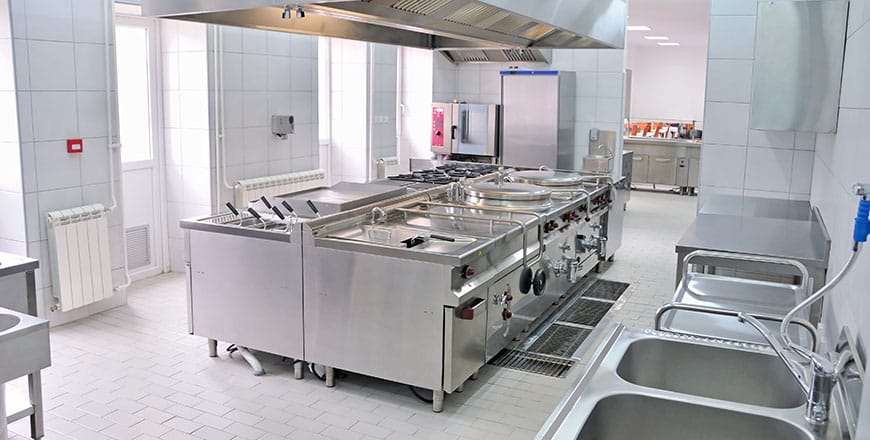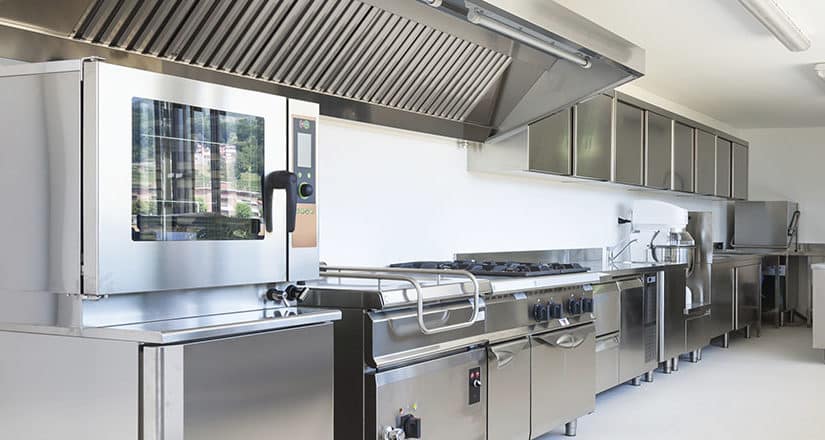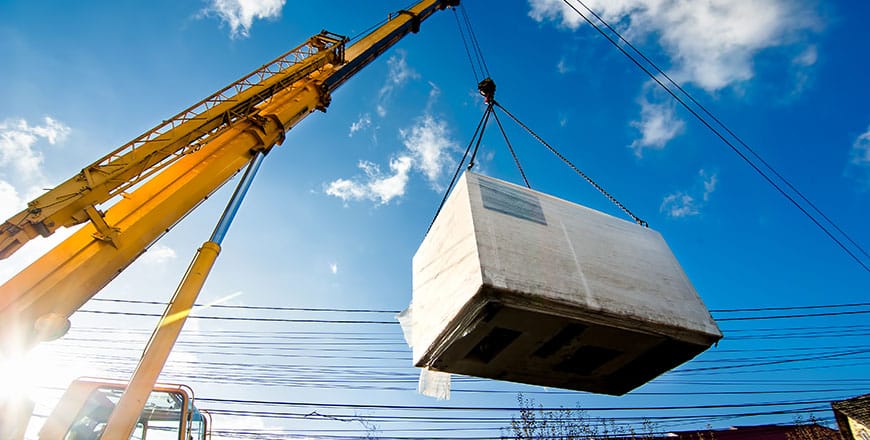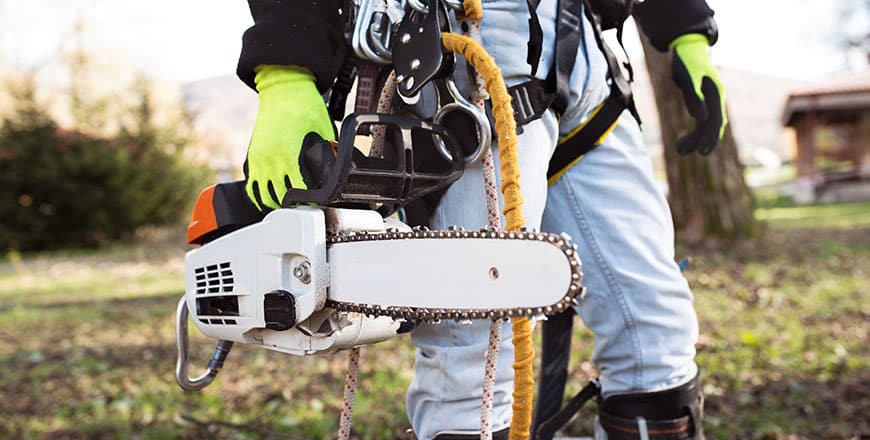Repairing a malfunctioning deep freezer can be a daunting task, but with the right approach any homeowner or technician can restore optimal performance. Whether your unit frosts up inside or fails to reach the desired low temperatures, understanding the basics of commercial appliances repair gives one the confidence to tackle the challenge systematically. A successful restoration hinges on proper diagnosis, careful disassembly, and attention to both mechanical and electrical components that keep a freezer running smoothly. Taking the time to clear out old food and inspect interior surfaces ensures you start repairs from a clean slate. When approached with patience and care you ensure both functionality and energy efficiency for a reliable appliance that meets daily storage needs with complete satisfaction.
Diagnosing Common Problems
Diagnosing issues requires attention to various symptoms that may indicate distinct root causes in your deep freezer. A unit that runs continuously without ever reaching its set temperature often points to a malfunctioning thermostat or low refrigerant levels. Excessive frost build up on the interior walls may signal a damaged door seal that is allowing moist air inside, or a defrost heater failure that prevents melting. Unusual noises such as clicking, rattling or humming can hint at motor wear, loose components or debris caught in the internal fan. Identifying these clues early prevents minor malfunctions from escalating and allows you to create a targeted repair strategy that prioritizes critical symptoms over guesswork.
Preparing for Safe Repairs
Before beginning any repair, always disconnect power from your deep freezer to prevent electric hazards and maintain personal safety. Unplug the unit from its power source, and if it is hard wired, switch off the corresponding circuit breaker in your electrical panel. Allow time for residual electrical charges to dissipate, and wear insulated gloves when handling wiring or live components. Clear the workspace around the freezer to ensure unobstructed access to access panels, coils and interior compartments. Lay down towels or a plastic sheet to catch any water or cleaning solutions during defrost operations. Gathering the right tools—such as a multimeter, flathead and Phillips screwdrivers, coil brushes and cleaning rags—streamlines the process and reduces unnecessary interruptions once you start disassembling parts.
Fixing Temperature Control Issues
If temperature readings remain inaccurate or the freezer runs erratically, the first component to inspect is the thermostat assembly. Carefully remove the control housing to expose the dial mechanism, then examine the internal contacts for signs of corrosion or wear. Using a calibrated thermometer placed on a frozen ice pack inside the freezer helps you verify if the thermostat is cycling the compressor at the correct set points. When adjustments do not restore proper function, replacing the entire thermostat or temperature sensor module may be necessary. Always install replacement parts according to manufacturer specifications, ensuring that you secure connections and seal the housing to maintain precision and protect against moisture ingress. Running the unit through complete on and off cycles over several hours confirms that the repair has stabilized temperature control.
Dealing with Frost Build-Up
Frost accumulation in a deep freezer often stems from improper defrost cycles or clogged drain channels, which undermine the unit’s efficiency and storage capacity. To manually remove ice, disconnect power and allow the interior to warm slightly before using plastic scrapers to chip away buildup carefully. Avoid metal tools that could puncture delicate evaporator coils or damage liner surfaces. After defrosting, clean the drain trough and evaporator pan thoroughly to ensure meltwater flows freely during automated defrost cycles. Finally, inspect the defrost timer, heater element and thermostat located near the evaporator to confirm proper operation. Addressing these components prevents frost from returning and helps maintain consistent cooling performance.
Handling Mechanical Malfunctions
When fans or motors seize up, it often indicates lubrication issues or bearing wear within your deep freezer. The evaporator fan plays a critical role in circulating cold air throughout the storage compartment, and if it stalls, internal temperatures will climb, risking food spoilage. Begin by unplugging the unit and removing the access panel. Inspect the fan blades and motor housing for debris or ice buildup, then use an ohmmeter to test motor windings for proper continuity. If the motor fails electrical tests, replacing worn bearings or the entire fan motor restores airflow. In older models, you may also need to realign drive belts as part of commercial freezer repairs Springfield that ensure each mechanical component delivers reliable performance. Taking care with correct lubrication practices and torque specifications during reassembly promotes long lasting durability in moving assemblies.
Replacing Door Seals and Hinges
Worn or damaged door gaskets compromise the internal temperature of the freezer, leading to frost build up, energy waste and shortened compressor life. To replace a gasket, measure the door perimeter accurately and order a compatible replacement seal from a parts supplier. Begin by peeling away the old gasket and cleaning the sealing groove thoroughly with mild detergent to remove dirt and residual adhesive. Soaking the new rubber seal in warm water softens it, improving flexibility for installation. Carefully press the gasket into the groove, working your way around the corners to avoid stretching or kinking. Inspect and tighten any loose door hinges that cause uneven alignment, ensuring a uniform insulation barrier. Finally, test the door closure by sliding a sheet of paper between the seal and cabinet; the seal should grip the paper with consistent resistance for an airtight connection.
Preventive Maintenance Practices
Regular preventive maintenance extends the life of your deep freezer and significantly reduces the likelihood of costly repairs in the future. Schedule periodic cleaning of condenser coils every three to six months to remove dust, pet hair and debris that block airflow and cause the compressor to overwork. Inspect door seals and hinge alignment twice a year, especially if the unit sees heavy daily use. Test thermostat accuracy and digital control displays monthly to detect any calibration drift before it leads to uneven cooling or spoiled contents. Keep a detailed service log of inspection dates, cleaning tasks and part replacements to identify wear patterns and inform proactive improvements. Adopting these maintenance habits fosters a healthier appliance and can prevent critical failures during peak storage demands.
Conclusion
In wrapping up your deep freezer repair journey, remember that systematic inspection and methodical troubleshooting deliver the best outcomes. From diagnosing thermostat failures to replacing evaporator fans or sealing minute refrigerant leaks, each task contributes to the overall reliability and performance longevity of your appliance. Maintaining detailed records of service dates, adjustments and part swaps helps you monitor trends and anticipate future needs. Implementing a preventive maintenance routine further supports consistent operation. Should you encounter any repairs beyond your comfort zone, engaging certified technicians who specialize in commercial refrigerators repairs Northern VA ensures your unit receives expert attention. With diligent care and reliable support, you can keep your deep freezer running smoothly and your frozen goods safe year after year.















